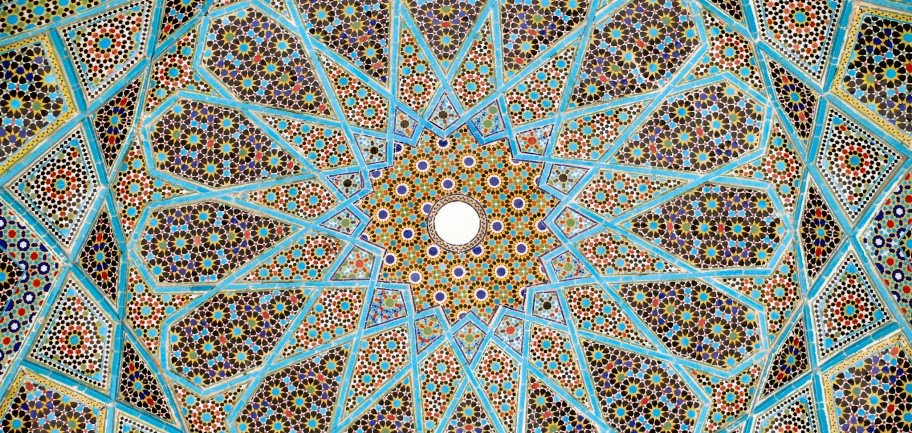After taking a month off to finish final exams and celebrate the holidays--I'm back at IU and back to blogging! One of my favorite classes this semester is a directed readings course with Dr. Choksy who is an expert of Ancient Iranian Studies and Zoroastrianism. The topic for the course is Pre-Islamic archaeology and the theme of sacral kingship. Here is an article that he wrote for the The Circle of Ancient Iranian Studies about this exact topic:
Sacral Kingship in Sasanian Iran. This week I'm reading a detailed archaeological survey of Iran written as a travel guide by Sylvia Matheson in the early 1970s. She travels to each province of the country highlighting the most impressive sites (of the supposed 250,000) and adds several notes about hotels, chaikhanas (tea houses), and transportation. I feel like I'm touring the country with her...but at the same time, I'm reminded how difficult it would be to recreate her path of travel nowadays. Paths of travel, especially disrupted ones, is a theme of another course I'm taking on Nomadic Pastoralism of Eurasia with Dr. Shahrani. Many of the migration patterns of Euraisan nomads as well as Iranian nomads were disrupted with forced settlement for taxation, and pressures to urbanize and modernize. Ideology, perhaps more than anything else, has brought nomadism to an end. Yet connections are forged as scholarship, literature, and art--whether ancient or contemporary, can speak to us across these limitations of space and time. The intense documentation of Matheson's work was perhaps intentional--foreshadowing the rise of the Islamic revolution and the future of Iran's relationship to the West. As I work towards the end of my first year as a PhD student, I appreciate documentation more and more, and nothing seems as esoteric. Happy new year to my blog readers and wishing you many moments worth capturing!
 |
| S. Matheson in Iran |












































